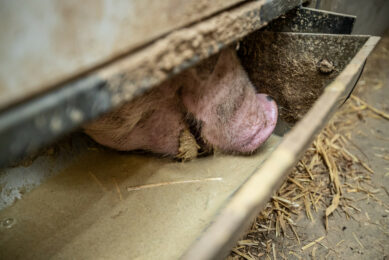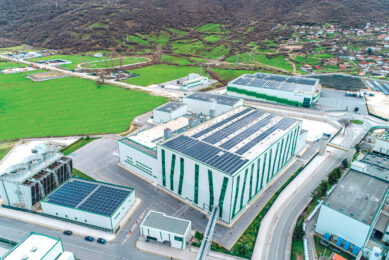Rabobank report: Holistic farming key to sustainability

A holistic long-term approach may be the key to introducing sustainability into the food and agriculture (F&A) equation, according to a new report from Rabobank.
This new approach will require a shift in farmers’ focus away from yield maximisation and towards input optimisation. However, there is no one-size-fits-all solution and technological innovations tailored towards the specific issues within a farming category are pivotal to improving best practices, and impact the way farm input companies view their business models.
“Without a holistic approach towards feeding the world, the global agriculture industry’s capacity to keep up with demand will be stretched at the expense of the environment”, states Rabobank analyst, Dirk Jan Kennes. “A strategy that includes resolving structural resource imbalances, optimising F&A supply chain efficiency and reducing waste within the global F&A complex would ease the pressure on agricultural yield improvement and would help align the interests of the different stakeholders”.
Rabobank has identified the over-application of fertilisers and inefficient water usage as critical to a step change shift in farmers’ perception of best practice. Agriculture accounts for 70% of global water demand and technologies to optimise irrigation systems will be key to future water conservation. Similarly, an integrated approach is needed to optimise farm inputs to enable farmers to apply at the right time, place and rate; subsequently reducing the environmental impact and initial cost. Technological innovations in both areas are being developed as higher farm input prices incentivise farm input companies to spend more on research and development (R&D).
Every year, an estimated 1 billion tonnes of produce is wasted along global F&A supply chains. In addition to reducing waste, it is crucial that all links in the supply chain work together to solve the food supply problem. However, there is no one-size-fits-all solution. Rabobank has identified four different farming groups—agro-enterprises, family farms, smallholders and agricultural adventurers—which each require a unique approach to improving best practices. Such methods include:
- Soil conditioning for those farms which operate with less crop rotation
- High-tech innovations including accurate soil-water sensors and GPS technology for variable planting density
- Research, education and farming recommendations through less intensive ICT-services
- Land transformation and infrastructure through collaborations of funders, agronomic consultants and contract farmers
“The ability to gather a broad set of data on climatic conditions, soil conditions and crop conditions transfers farming into more of a science”, continues Kennes. “Turning this data into farming practices requires intense cooperation between all partners in the agricultural production chain for which product form, application technology and farm operations need to be fully aligned”.
Source: Rabobank











